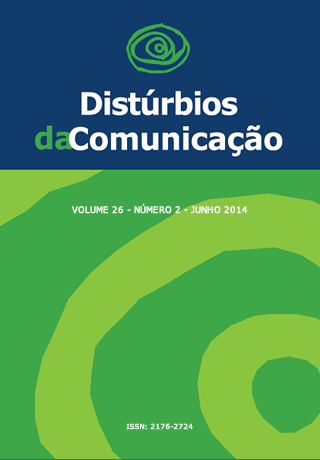Influencia del uso de vaso o mamadera durante la transición alimentar de recién nacidos pretérmino sobre el sistema eatomatognático y las tasas de lactancia materna
Palabras clave:
lactancia materna, métodos de alimentación, prematuro.Resumen
INTRODUCCIÓN: las ventajas de la lactancia materna para bebes prematuros son: las propiedades nutritivas e inmunológicas de la leche humana, su papel en la maturación gastrointestinal, formación de vinculo madre-hijo, aumento del desarrollo neurocomportamental, menor incidencia de infección, mejor desarrollo cognitivo y psicomotor y menor incidencia de re-hospitalización. OBJETIVO: averiguar a través de una revisión bibliográfica si el uso de vaso o mamadera influye la prevalencia de lactancia. RESULTADOS: estudios demuestran que el uso del vaso se sugiere como un mecanismo de alimentación alternativo que no invade la cavidad oral, evitando confusión entre pezón y tete de la mamadera disminuyendo el índice de desmame precoz. En la mamadera, la lengua presenta una postura mas retraída, lo que dificulta el ejercicio de su papel de guía sensorial. De esta manera, como respuesta, muchos de sus reflejos estarán anulados. La alimentación a través del vaso, a su vez, estimula los reflejos necesarios para lactancia por medio de receptores sensorios orales y olfativos, aumentando la producción de saliva y enzimas digestivas. El uso del vaso es recomendado por la OMS (Organización Mundial de la Salud) en el caso de recién nacidos que serán amamantados. CONCLUSIÓN: se nota que a pesar de las ventajas y desventajas sobre el uso del vaso y de la mamadera como métodos alternativos de alimentación, la asociación entre el uso de esos métodos y la duración de lactancia materna no está bien establecida.Descargas
Métricas
Descargas
Publicado
Número
Sección
Licencia
Derechos de autor 2014 Camila Lehnhart Vargas, Eduardo Matias Steidl, Luana Cristina Berwig, Angela Regina Maciel Weinmann

Esta obra está bajo una licencia internacional Creative Commons Atribución 4.0.









